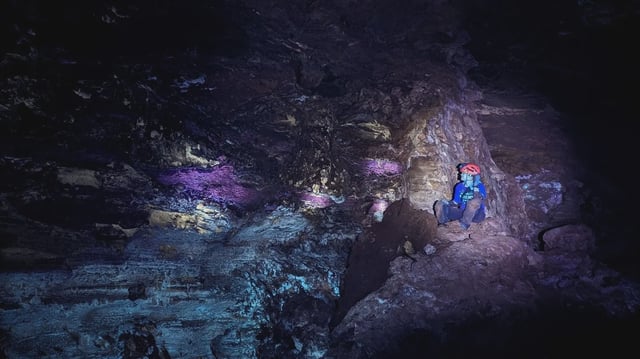Overview
- Researchers studying South Dakota's Wind Cave are using fluorescence spectroscopy to uncover 'chemistry fossils' that reveal ancient water flow and unique cave formation processes.
- The team identified manganese-rich zebra calcites, glowing pink under UV light, formed by mineral-rich waters that contributed to the cave's expansion.
- Wind Cave serves as an analog to Jupiter's moon Europa, providing insights into how life might persist in extreme environments beyond Earth.
- Undergraduate students are building a public database of fluorescence fingerprints and developing autonomous spectrometers for future space missions.
- The findings, presented at the American Chemical Society's Spring 2025 meeting, highlight the potential of fluorescence techniques for astrobiological research and planetary science.

